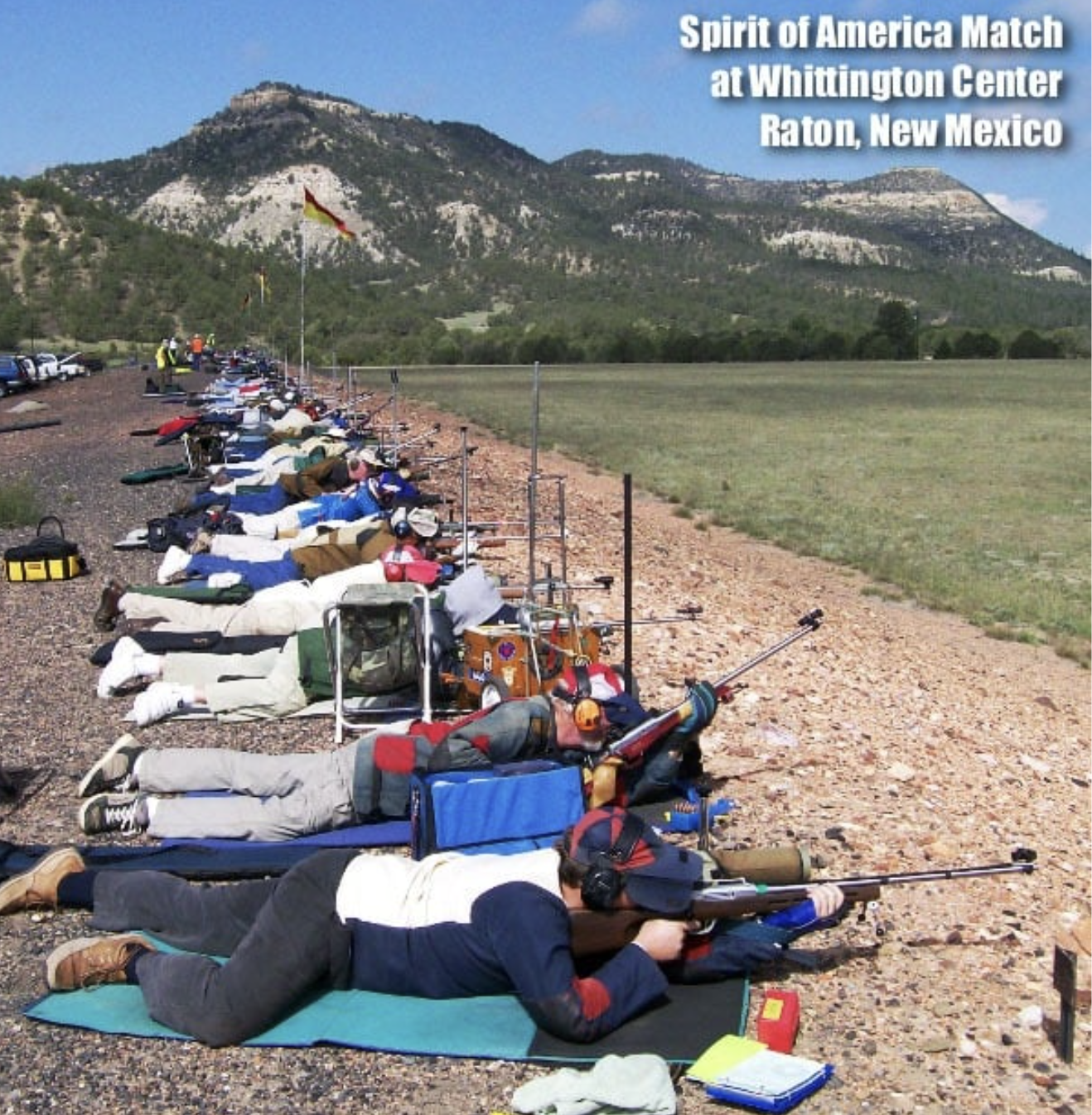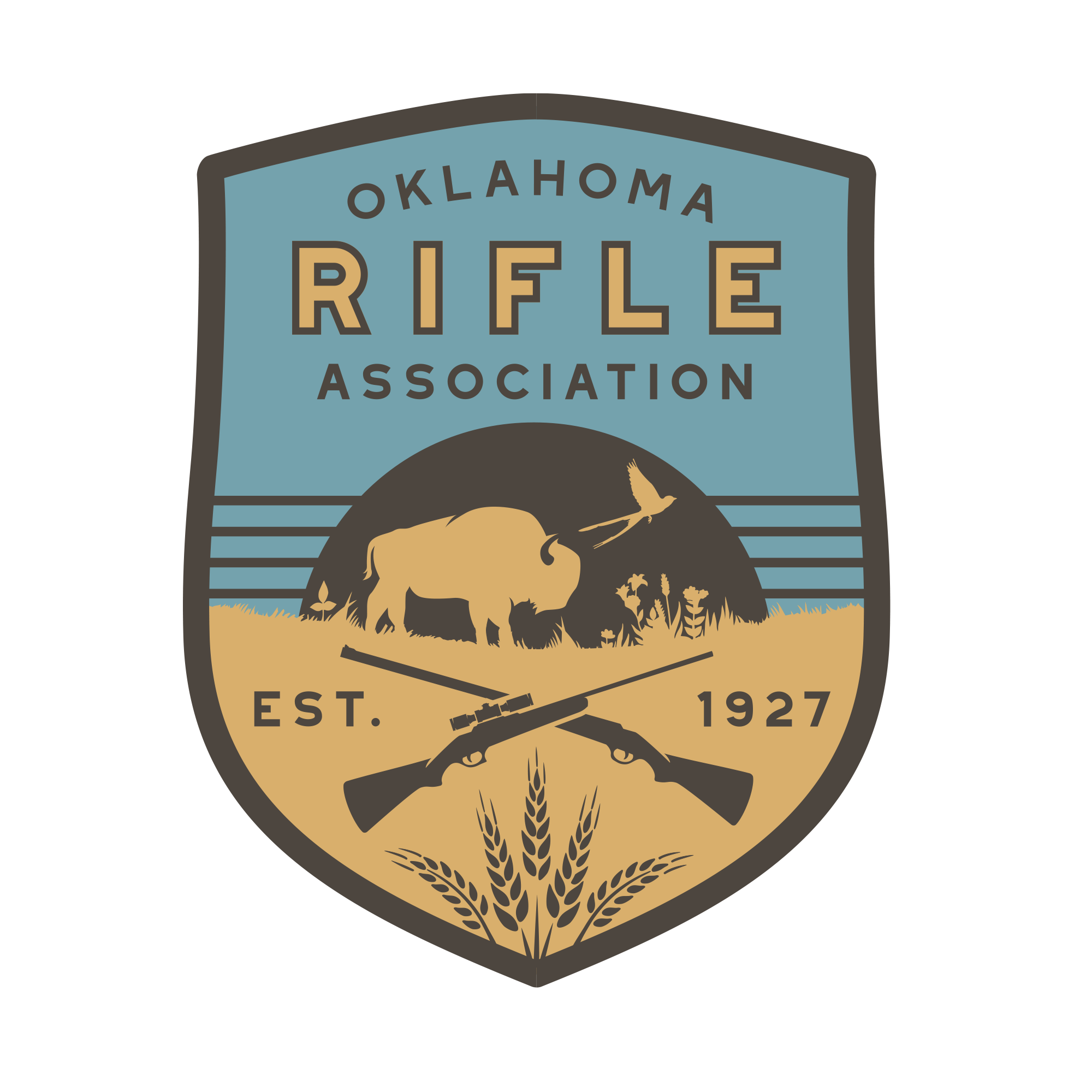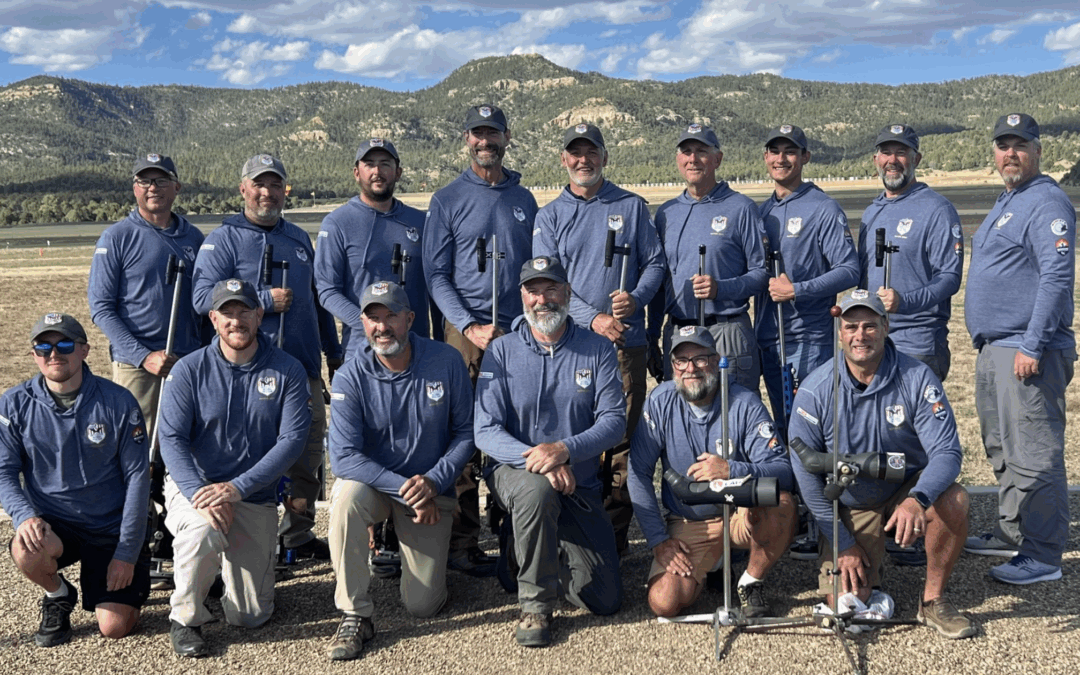For each issue, ORA Director of Competitions, Curtis Bohlman, shares about the various competitions available to participate in along with updates on ORA sponsored events.
In an effort to get some of you ammunition laden gun owners off of the couch (you know who you are), the Sharpshooter features, in less than 750 words, an informational article describing a shooting discipline along with a couple of places in the State where you can enjoy the competition. For most of these articles, I will offer little more than a cursory look at the rules and courses of fire, but enough explanation to hopefully whet your appetite. In my 36 years of competitive shooting, I’ve hardly scratched the surface of
what the shooting sports have to offer, so I’ll be relying on a little bit of interweb research and some discussions with “experts” to fill in around the edges of my inexperience. If you happen to know the presented discipline inside and out and notice only an error or two in my writing, I feel like I’ve done well enough!
For this month’s discipline we are going international with “Fullbore” which is a rifle discipline, the big brother to a discipline much more familiar to many of us here in the USA, Smallbore Rifle.
Fullbore is ”high power rifle competition” wherein the caliber is limited to .308 Win/7.62×51 or .223 Rem/5.56×45. Projectiles are also restricted to no heavier than 156 grains for the .308, or 91 grains for the .223. This is not a “gun race” as no competitor has a significant ballistics advantage over the other. It’s shot on paper targets at ranges of 300, 500, 600, 900, and 1000 yards. It’s shot slow fire, which means one round at a time with the target “pulled and marked” after each shot.
Fullbore is shot in the prone position, with only the support of a sling and shooting jacket. Optical sights are not allowed – so open sights only. It’s just as much a test of true marksmanship ability as smallbore, but distances make conditions (wind and light) much more a factor. The ranges on which Fullbore is shot have firing lines at the requisite distances with firing points at least 8 feet wide to accommodate up to three shooters. Three shooters “to the mound” is the norm internationally but here in the US two to the mound is much more common.
When shooting “two to the mound,” the shooter on the right fires first while the shooter on the left scores, meaning uses a spotting scope to see the spotted shot on the target (pulled and marked by people in the target area – targets are “pulled” into a pit area below the line of sight with shots marked with a cardboard disc or spotter, then run back up so shooters and scorers and can evaluate the hit). Once the shooter on the right has accepted his score, the shooter on the left has 45 seconds to shoot while the shooter on the right scores. This rotation continues until firing is complete, 45 seconds per shot – then the relay of shooters moves to the next firing line: 500yds, 600yds, etc. and continues.
Most fullbore matches in the USA consist of 2 sighting shots and 15 shots for record at four distances, but this varies widely on the international scene. Fullbore’s multiple shooters to the mound contrasts with “string firing” which is much more common in mid-range and long-range shooting here in the USA. When string firing, one shooter engages the target one shot at a time while a scorekeeper keeps track until the shooting is done, then the shooter and scorer switch places. The greatest distinction between the two methods is that when the wind becomes a factor (and it does!), shooters firing two or three to the mound can’t simply make sight adjustments for wind based upon their last shot (something we call chasing the spotter), because during the time required for the other shooter(s) to fire and record shots, the conditions inevitably change, forcing each shooter to evaluate and correct for conditions each time they fire. Three shooters to the mound adds time between an individual’s shots thus adding to the difficulty, not to mention the additional fatigue which comes with the extra time in position.
The International Confederation of Fullbore Rifle Associations, ICFRA, regulates fullbore competition worldwide, with each country’s NRA appointing a representative. There are about 43 ICRFA countries. This is a pretty big deal internationally!
The United States National Rifle Team
(https://usnrt.com/) serves to recruit for and develop our international fullbore and long-range teams which include the US Palma Team, The US Veterans Team, and the
US Young Eagles Rifle Team.
These teams represent the USA in a world fullbore team championship every four years and multiple other international team matches more frequently. One of these international team matches is the America Match, which the USA won in 2022 (Canada), and 2024 (Raton, New Mexico).
The Oklahoma City Gun Club conducts several fullbore matches each year and is the only venue in the state capable of holding
these matches. Observers and competitors are welcome and encouraged. If you are interested in taking a look or if you happen to be a fullbore competitor, see the OKCGC Highpower schedule of events here.
Now get out there and have some fun!
Curtis Bohlman
Competitions Director,
Oklahoma Rifle Association




